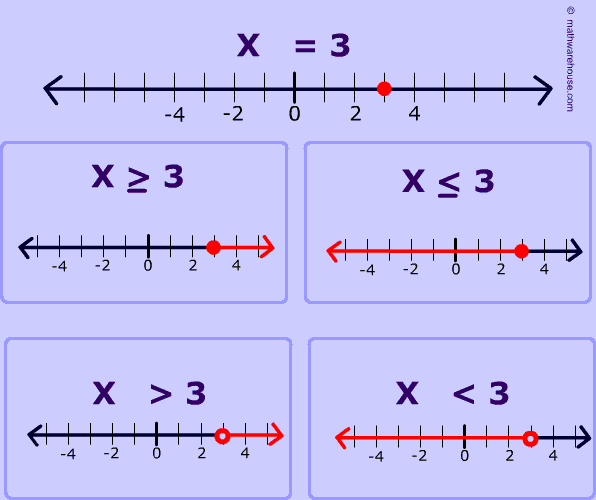Today We Discussed:
We continued our discussion about absolute value but moved on to inequalities. Just like absolute value equations, we must consider TWO cases for absolute value inequalities - the positive case and the negative case. Furthermore, we have to analyze which direction our solutions go based upon whether we are dealing with a greater than absolute value inequality or a less than absolute value inequality.- Greater than absolute value inequalities function like OR compound inequalities.
- Less than absolute value inequalities function like AND compound inequalities.
Graphic Credit: http://andymath.com/solving-absolute-value-inequalities/
Sections Covered in Textbook:
3-6: Absolute Value Equations and Inequalities (pages 167-171)
Resources & Tutorials:
1) How do you figure out if you have an AND or OR compound inequality?2) How to solve an AND absolute value equation.
3) Introduction to Absolute Value Inequalities.
(Use navigation on the left for more types of examples.)






